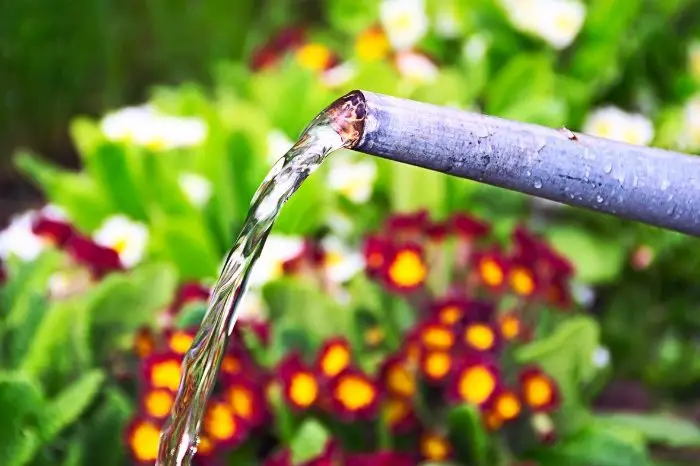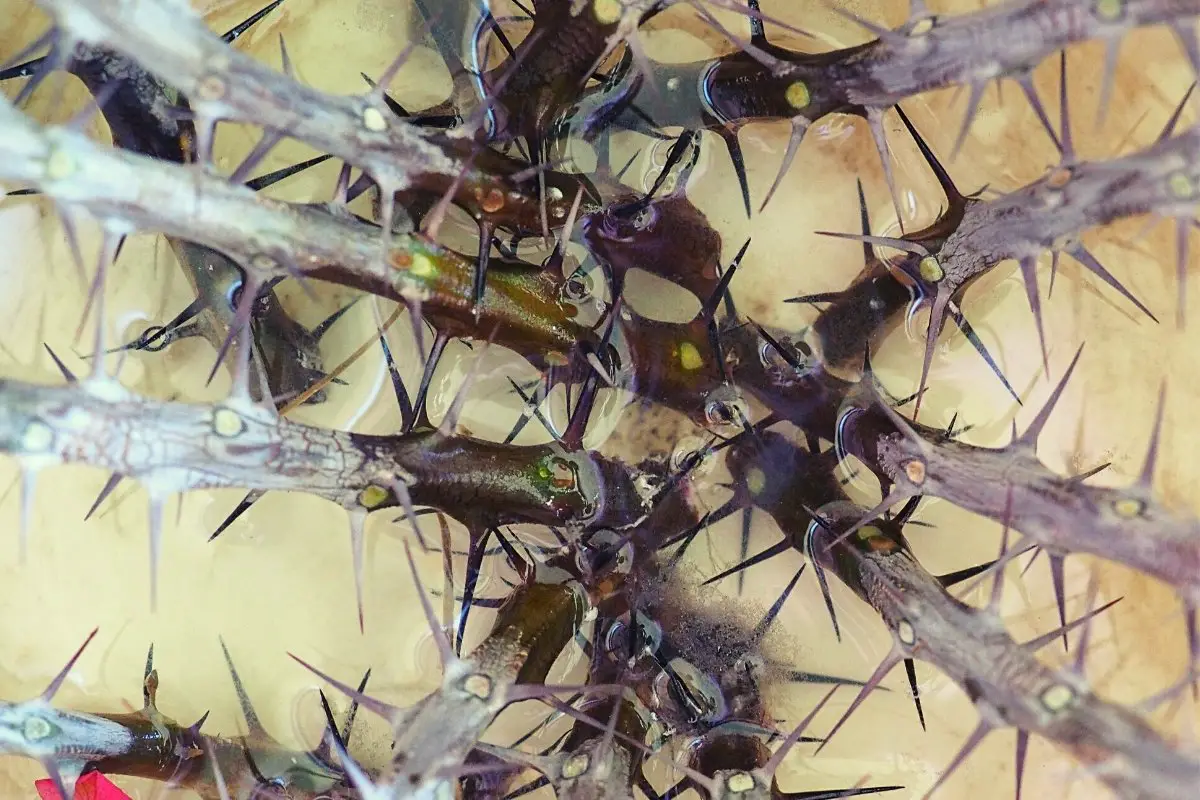Last Updated on July 26, 2022 by Griselda M.
Have you noticed your plant stem turning black and wondered what could be causing this problem and how you can treat it? This article will give you all the information you need to know.
Young Plant stems should remain green all through their growing period because they are healthy and have a good supply of nutrients. If the plant stems turn black, then something is wrong with the plant and it needs to be treated. This is not to be confused with the natural hardening of stems as they get older and develop bark. If a plant stem has mottled black patches that look unhealthy, then this is what we are referring to.
Why Are My Plant Stems Turning Black? – What Causes It?
There are many reasons why plant stems turn black, and the first thing to do is to find out what’s causing the problem and then treat it. It’s not necessary to do everything at once but you need to work out what’s causing the problem and then treat it.
- Plant stems turn black when they have been subjected to a lack of water for an extended period of time. Basically, your plant is drying out, and as it dries out, green tissue takes on a dead woody brown to black appearance.
- Somewhat confusingly, over-watering also causes plant stems to turn black. The appearance can be quite similar to a plant that is dry – because overwatering causes the roots to perish, and basically your plant dries out even though there is water available in abundance.

- Various fungal infections can cause stems to turn black in a blotch fashion. I have an endless problem with Fusarium wilt in my eggplants. The Fusarium oxysporum fungus enters the plant through the roots and then colonizes the stem of the plant inhibiting the flow of nutrients from the roots to the leaves and sugars from the leaves to the roots. You start to see sections of the stem go black and woody, and soon you have dead plants. Very irritating.
- There are various bacterial and other fungal infections that can also cause the stem to develop black blotches. Many of these are symptoms of overwatering.
- With certain plants, sunburn can cause the stems to turn black. These tend to be trees such as avocados that would normally grow on a forest floor and be protected from the sunlight. Hence if they get strong direct sunlight on the stem it can burn the stem and cause blackening (and death) of the plant. I find that painting the young plant stems with white paint can really help here.
- Insect pests – various sap-sucking insects can penetrate the soft green stems and suck sap. In so doing, they can inject fungi, bacteria, and even viruses that can cause the soft green tissues to die and turn black.
Saving Plant Stems From Turning Black
- If your plant is developing dark spots on its stem due to a lack of water, watering the plant can help. Keep the soil moist but not damp and soggy. A general rule is that if you can take a handful of soil and squeeze it so that water comes out of it, your soil is too wet.
- If your plant is developing dark spots and the soil is wet, then you probably have overwatered your plant for a long time. My general experience is that for many plants this sort of damage is irreversible.
- If you have overwatered a plant, try and do everything you can to let the soil dry out as quickly as possible. If it is in a pot, remove the tray below the pot. This will help the plant dry out.
- If you have a situation where plants such as avocados get burnt in the sun you may lose the plant this season, but next season, try and plant a nurse crop such as maize around the avocado. These plants will shade the young tree as it grows, and also help to control soil moisture. Avocados are sensitive to excess sunlight – and excess water. In this way, your maize plants help with both problems.
- If your plant appears to have some sort of wilt or rust you are probably doomed. However, in the next season, amend your soil with mycorrhizal fungi such as these. These will assist in protecting the roots of the plant against pathogenic fungi.
- If you can see insect problems, try and control the insects with a spray such as Neem spray.
Growing Conditions That Will Keep Your Plants From Turning Black
A healthy plant will remain green throughout its growth cycle. This is because it is supplied with the right nutrients and growing conditions. The best growing conditions that will help prevent plant stems from turning black include:
- Proper air circulation and light.
- Appropriate light intensity for the plant in question.
- A nutrient solution that is well-balanced and not over-fed.
- An optimal temperature for growth for the plant in question.
- A water supply that is not too wet or too dry or appropriate for the plant you are growing.
- A soil that is not too rich or too poor in nutrients.
- Enough space to grow.
- An appropriate watering schedule.
Conclusion On Plant Stems Turning Black
We have had a look at a few reasons that your plant stems could be turning black. This list is by no means comprehensive – there are many more reasons, but these are the most common ones. This should point you down the path of finding a few solutions! I have had all of these problems myself, and trust me – they are frustrating. With time we learn how to manage things more and more, and we end up with less and less going wrong with our plants.
FAQ’s
Why is my plant stem black?
There can be many causes. Your plant could have got dry due. Or it could have got too wet and the plant roots have rotted. Or it could be sunburnt. Or it could have a fungal/bacterial or viral infection. These are a few causes of a stem turning black.
How do you get rid of black stem rot?
If you have to, you can use a systemic fungicide to control the problem, and then change growing conditions so that the problem does not come back.
What is the black stuff on my plants?
More often than not if you get a black layer forming on your plants it is probably a fungus that is growing on some exudate from insects. This is called sooty mold. You can control the insects and then also use a light fungicide such as copper soap to control the sooty mold.
Caroline is a gardener who loves to get down to the nitty–gritty of gardening. She proudly proclaims herself as a ‘dirt worshipper‘ and can often be found deep in the garden, covered in soil and singing to her plants. As a self–proclaimed ‘plant whisperer‘, Caroline believes that plants need love and attention just like any other living thing, and she loves to give them both. When she‘s not tending to her garden, you can often find her researching the latest gardening trends, or teaching others how to make their gardens thrive




